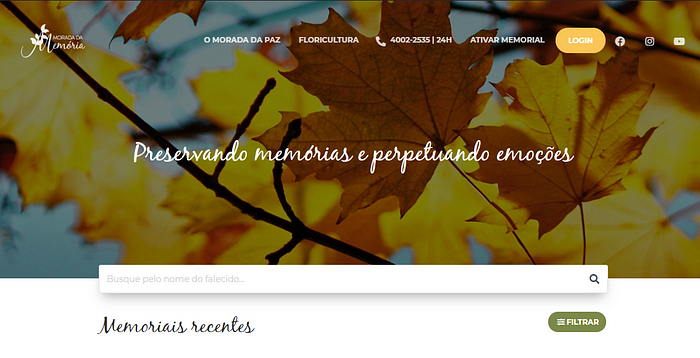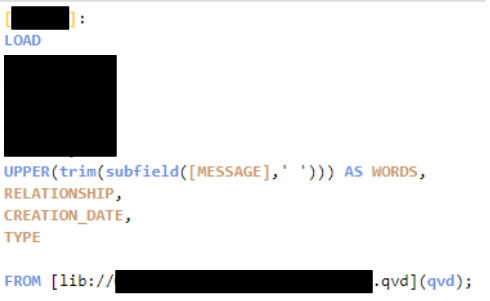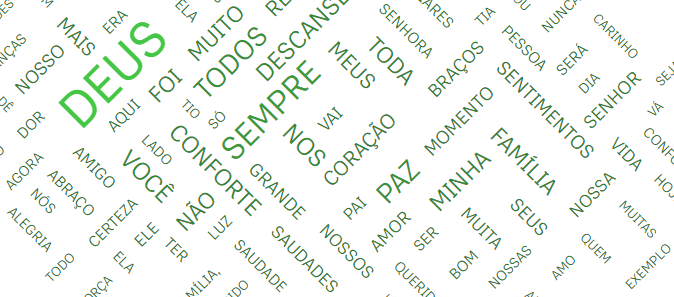turning memorial comments into a qlik word cloud
build using mysql and qlik, qlik word cloud from real memorial messages
context
i was a data analyst at grupo morada, a company in the funeral sector that offers funeral services and products, cemetery services, and assistance plans. one of our projects was morada da memória, an online memorial with messages from family and friends. we wanted a fast way to see which words kept showing up so editors and managers could feel the tone of the stories.
what i built
inside the company we used qlik as the main bi tool. we had recently moved from the old on-prem setup to qlik’s cloud. full-text search across fields and better insight features made it easy to poke at the data without a wall of sql.
plan:
- pull memorial comments from mysql
- write a qvd for faster loads
- split text into words
- remove stopwords
- count and visualize
data prep
after connecting to mysql and exporting to a qvd, i loaded the data into the app.
tokenizing used subfield on spaces plus trim to clean leftovers. accents and punctuation get in the way, so i normalized case and stripped basic punctuation first. a small custom stopword list did most of the work.
// toy example of the idea
comments:
load
lower(purgechar(comment_text, '.,;:!?()[]{}"''')) as clean_text,
id
resident raw_comments;
// explode into one word per row
words:
load
id,
trim(subfield(clean_text, ' ', iterno())) as word
resident comments
while iterno() <= substrlen(clean_text);
// simple stopword table
stopwords:
load * inline [
word
and
of
the
a
an
de
da
do
e
];
// keep only words that are not stopwords and not empty
final_words:
left keep (words)
load word resident words where len(word) > 0;
anti join (final_words)
load word resident stopwords;
to power the chart, the counting expression was a plain set analysis over the cleaned field:
// count words excluding a maintained list
count({< word -= {'and','of','the','a','an','de','da','do','e'} >} word)
search and suggestions
since early 2020, qlik added stronger natural-language suggestions. that helped sanity-check the top terms and jump to the underlying stories when something odd popped up.
what it looked like
i used a word cloud object to surface frequent words. it wasn’t meant to replace deeper analysis, just a quick read on themes and the language people chose in their tributes.
we also tucked a small sentiment view into the same dashboard. that helped the team notice shifts in tone over time and chase down outliers when needed.
that was the build: simple, fast to load, and useful in daily conversations andter we planned to understand what people were mentioning so we could better understand the entulation process as the memorial grew.
enjoyed this post? get new ones by email:
.




